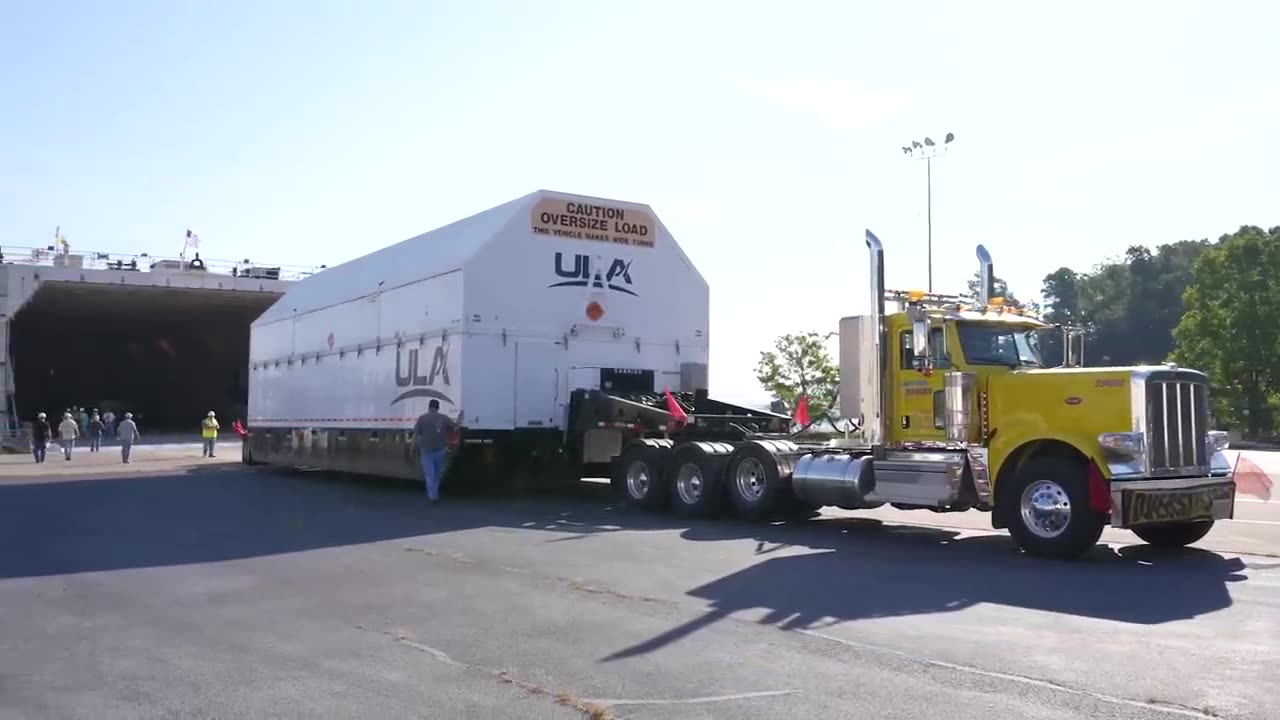Premium Only Content

A Commercial Resupply Mission Heads to the Space Station on This Week @NASA AUGUST 4, 2023
As of my last knowledge update in September 2021, NASA and other space agencies have been actively researching and developing methods for extracting water on the Moon. Water is a critical resource for future lunar exploration missions, as it can be used for drinking, growing plants, generating oxygen, and producing rocket fuel through electrolysis.
One of the primary sources of water on the Moon is believed to be in the form of ice located in permanently shadowed regions near the lunar poles. These areas are shielded from direct sunlight and can maintain extremely cold temperatures, allowing water ice to accumulate over time. Extracting water from these areas would likely involve using a combination of robotic and human-operated systems. Here are some potential methods that have been considered:
1. **Drilling and Excavation:** Robots or landers could be equipped with drilling equipment to penetrate the lunar surface and reach the ice deposits. Once the ice is reached, it could be excavated and collected for processing.
2. **Melting:** Some concepts involve using solar energy or other heat sources to melt the ice in situ. The resulting water could then be collected and stored for various uses.
3. **Heating and Condensation:** Another approach is to use heat to vaporize the ice, and then capture and condense the water vapor to create liquid water.
4. **Scooping and Processing:** Robotic arms or scooping devices could be used to collect lunar regolith (surface material) containing water ice. The collected material could then be processed to separate the ice from the regolith.
5. **ISRU (In-Situ Resource Utilization):** ISRU involves using local resources to support human activities in space. For lunar water extraction, this could involve developing processing plants that take in lunar regolith and use various techniques to extract and purify water.
6. **Mobile Mining and Resource Transport:** Mobile platforms could be used to travel to different locations in search of ice, carrying the necessary equipment for extraction and processing.
7. **Automation and Remote Operation:** Given the harsh lunar environment, much of the water extraction process may be automated or remotely operated from Earth to minimize the risk to astronauts and equipment.
It's important to note that the methods for extracting water on the Moon are still under active research and development, and the specific techniques used may evolve as new technologies are developed and tested. NASA's Artemis program, which aims to return humans to the Moon by the mid-2020s and establish a sustainable lunar presence, will likely play a significant role in advancing these technologies.
For the most current and detailed information on NASA's plans and progress in lunar water extraction, I recommend visiting NASA's official website or checking out recent scientific publications related to lunar exploration.
-
 1:46:52
1:46:52
JahBlessGames
3 hours ago🎉Come een' and come tru' - VIBES | MUSIC | GAMES
15.1K -
 38:47
38:47
MattMorseTV
4 hours ago $1.10 earned🔴Tulsi just CLEANED HOUSE.🔴
33.9K72 -
 LIVE
LIVE
Reolock
5 hours agoWoW Classic Hardcore | WE'RE BACK!!
160 watching -
 3:46:13
3:46:13
SynthTrax & DJ Cheezus Livestreams
7 hours agoShell Shock Live - The Scorched Earth Remake/Upgrade - 4pm PST / 7pm EST - RUMBLE GAMING
25.6K -
 2:56:57
2:56:57
Illyes Jr Gaming
3 hours agoBack to Black .....Ops 6 w/ ILLYESJRGAMING
21.3K1 -
 1:07:59
1:07:59
BonginoReport
7 hours agoBoston Mayor Defies Trump, Protects Illegals - Nightly Scroll w/ Hayley Caronia (Ep.115)
121K83 -
 40:45
40:45
Donald Trump Jr.
7 hours agoPeace by Peace: Solving One Problem After Another | Triggered Ep.268
63.7K60 -
 LIVE
LIVE
FrizzleMcDizzle
4 hours ago $1.31 earnedRemnant 2 - Dark Souls-like Shooter?!
160 watching -
 LIVE
LIVE
FoeDubb
3 hours ago🏰KINGDOM MENU: 🎮DELTA FORCE PEW PEWS WITH THE BROS 👑CRGOODWiN & 👑BSPARKSGAMING DILLY DILLY!!
29 watching -
 11:43:31
11:43:31
GritsGG
15 hours agoWin Streaking! Most Wins 3390+ 🧠
67.1K